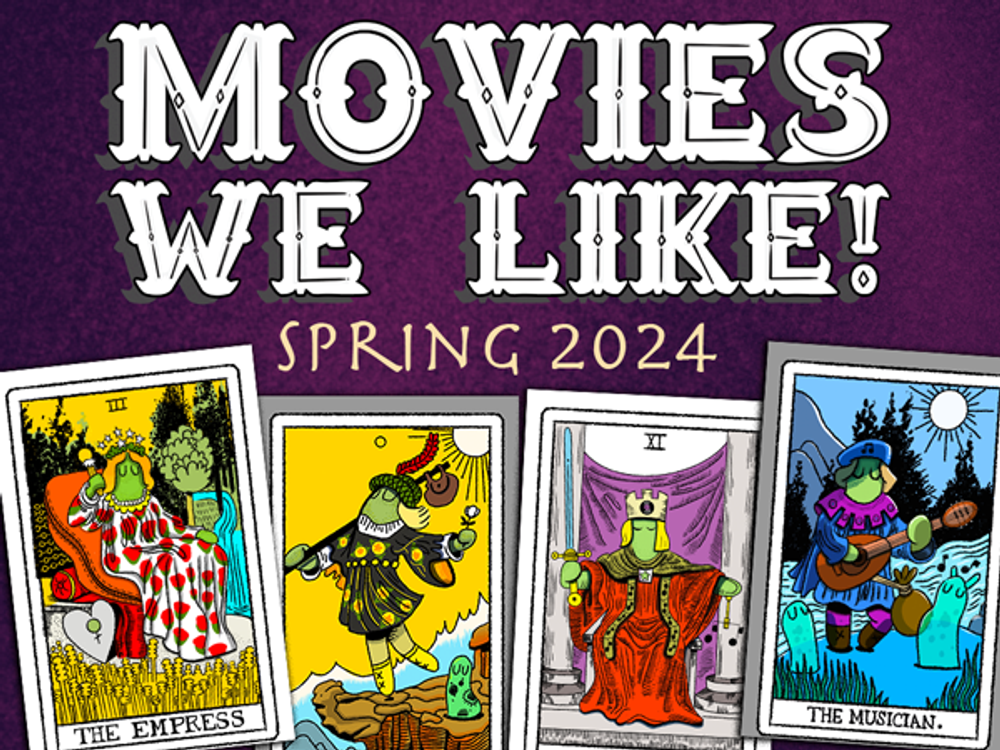Staff Detail
Warning: Trying to access array offset on value of type null in file /home/amoeba_production/public_html/admin/tmp/compiled/site/c194c36a73bea3cf57d6b998df5289c7c49ca8c0_0.file.music-we-like_listing.tpl.php on line 151
Warning: Trying to access array offset on value of type null in file /home/amoeba_production/public_html/admin/tmp/compiled/site/c194c36a73bea3cf57d6b998df5289c7c49ca8c0_0.file.music-we-like_listing.tpl.php on line 153
, Warning: Trying to access array offset on value of type null in file /home/amoeba_production/public_html/admin/tmp/compiled/site/c194c36a73bea3cf57d6b998df5289c7c49ca8c0_0.file.music-we-like_listing.tpl.php on line 154
Read More
Sedale Threat (LP)
Wrecking Crew
When it comes to the Wrecking Crew, the competition is few and far between these days. Curly Castro, Zilla Rocca, PremRock and Small Professor have all had a very strong run of solo albums and collaborative projects over the last few years, but this first official crew album raises the bar yet again and puts them in a different league. Nothing but front-to-end burners on this one, with too many highlights to cover in a single review. It’d be wrong of me not to mention “Empty Out the Register,” with its awesome creeping guitar beat, sharp lyrics, and extra memorable hook. Or “Atom Kief,” with its onslaught of extra hard verses from Reef the Lost Cauze and Alaska topped off by one of the illest verses to date from the phenomenal Curly Castro. And lets not forget “Behemoth,” which will have Hieroglyphics fans flipping out when they hear the Bay Area’s very own Casual wrecking shop alongside the crew over a neck-snapping Small Pro beat. Some of the highest quality hip hop out there, don’t sleep.
Read moreI Told Bessie (LP)
Elucid
One of the fiercest and most poetic spitters of the Backwoodz Studioz camp steps to the plate with a new full length solo album that ranks amongst my favorites of 2022. Elucid has recently gained a lot of notoriety as one half of Armand Hammer alongside billy woods, and has been racking up tour dates ever since the duo received the blessing of The Alchemist’s production in 2021. This latest offering finds Elucid at his most liberated and artistic, with styles ranging from passionate rap bars to quiet spoken word dirges. Exceptional production provided by Child Actor, Kenny Segal, Sebb Bash, August Fanon, Messiah Musik, P.U.D.G.E, Lasso & The Alchemist. No less than 4 guest spots from billy woods, and a great little posse cut with Quelle Chris and Pink Siifu to round out the rap artistry on display. One of those albums that leaves a memorable first impression, but only grows stronger with each listen.
Read moreAvada Kedavra (LP)
AJ Suede
More AJ Suede on the Amoeba hip hop shelves is always a good thing, and this 2023 LP pressing of one of his stronger releases from 2021 is another jewel in the Suede God’s crown. AJ Suede handles both the raps and the beats on this project with ease, flexing his skills in both departments without so much as breaking a sweat. Suede’s unique delivery and steady methodical flows sound right at home over his dusty sample loop production, which keeps things simple with a tasteful selection of old soul and rock samples to get busy over. AJ Suede is such a productive force in the hip hop scene these days that he’ll likely have a few new albums out by the time this digital brochure has dropped. Be sure to be on the lookout for his new album with producer Televangel, as well as his new group G’s Us alongside R.A.P. Ferreira.
Read moreBilly (LP)
Buck 65 & Controller 7
One of my favorite hip hop albums of the last 5 years, originally released in mid-2020 but finally pressed as a deluxe 2LP set in 2023. This highly conceptual album presents a scene-by-scene hip hop re-creation of the movie “Buffalo 66,” with Buck 65 rapping from the perspective of the movie’s protagonist and anti-hero, Billy Brown. Buck 65 goes above and beyond in his execution of this concept, capturing the very essence of the movie with a clever mix of dark humor and weighty emotional material. Controller 7 delivers amazing production throughout, with a great blend of oddball music samples and hefty hip hop drum breaks that offer a wide variety of moods over the course of the album. Sweetening the deal further are the album instrumentals, which are included on sides C & D of this LP set and are well worth checking out if you’d like to hear some of the finer details of Controller 7’s craft. Hip hop enthusiasts who are also cult movie connoisseurs will be floored by the level of thought put into this project, but those less savvy about movies will still find a lot to love on this beautiful LP.
Read moreWords & Music: May 1965 (LP)
Lou Reed
It's Lou Reed! This sly guy mailed himself these recorded versions of these songs to "poor man's" copyright them. Wow!
Read moreThe Escapist Route (Cassette)
Songs By Thom
Escapist Route?? I never want to leave! Songs so tender you'll be looking for a way back!
Read moreGood Bad Not Evil (LP)
Black Lips
Deluxe Edition of the watershed album for this critical band! B-sides, bonus tracks and more, Oh My! Also check out their latest Apocalypse Love!
Read more




